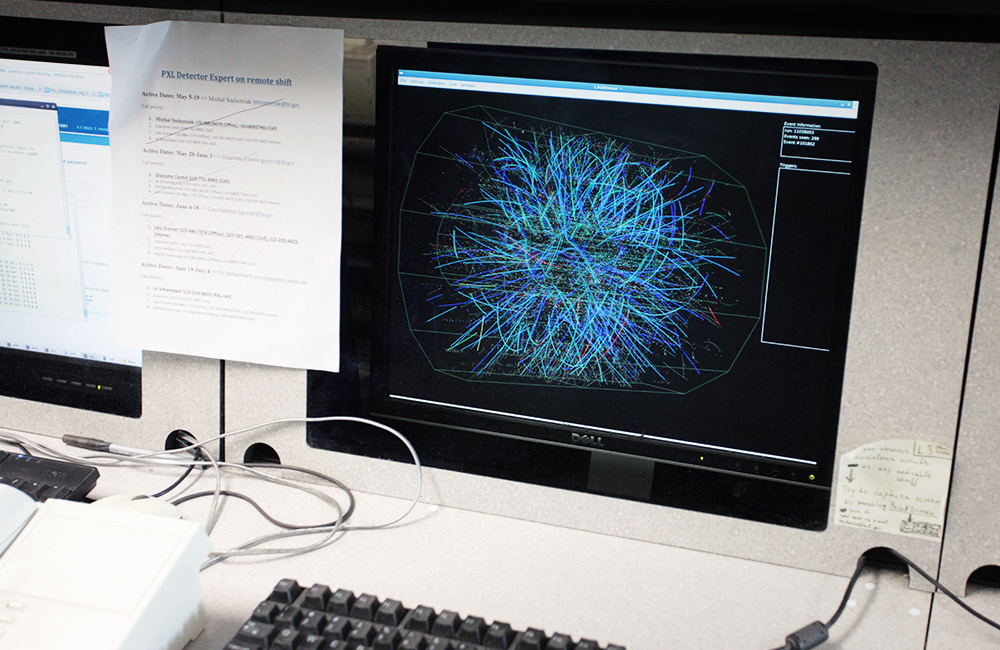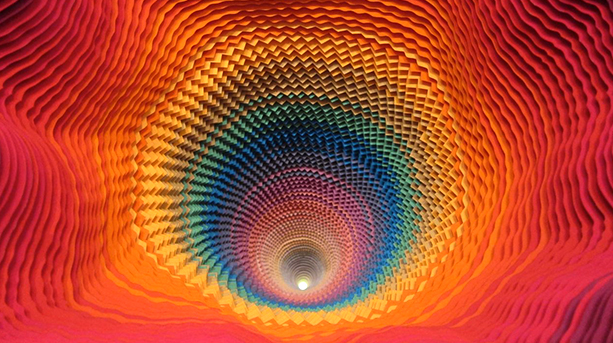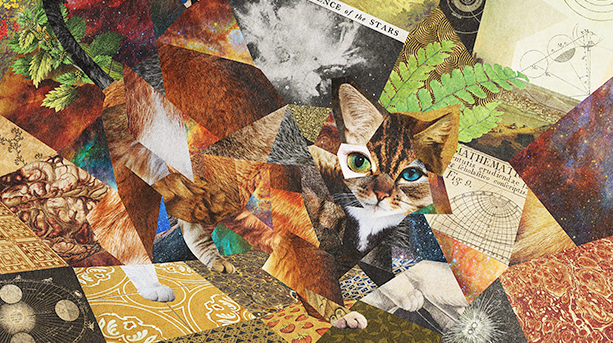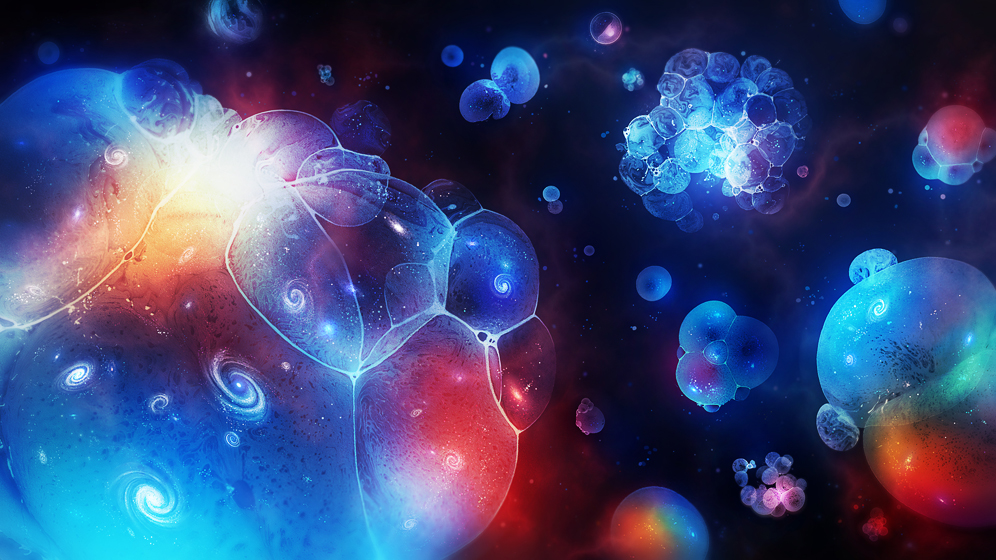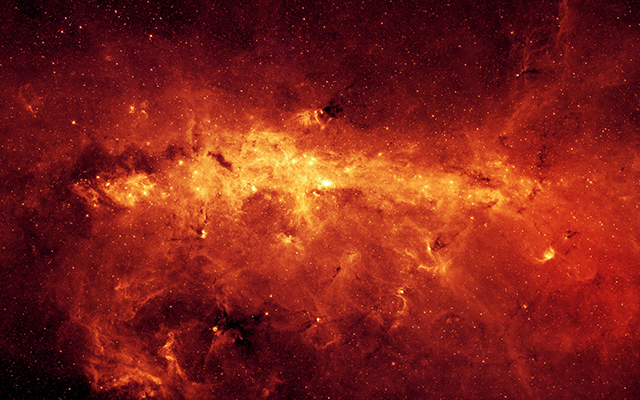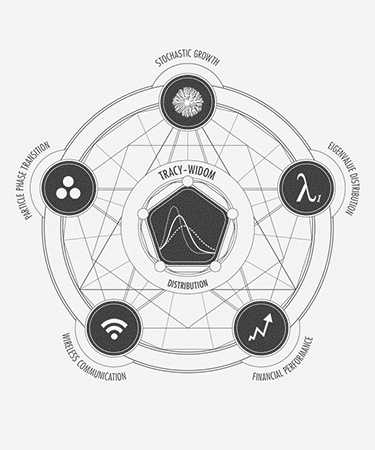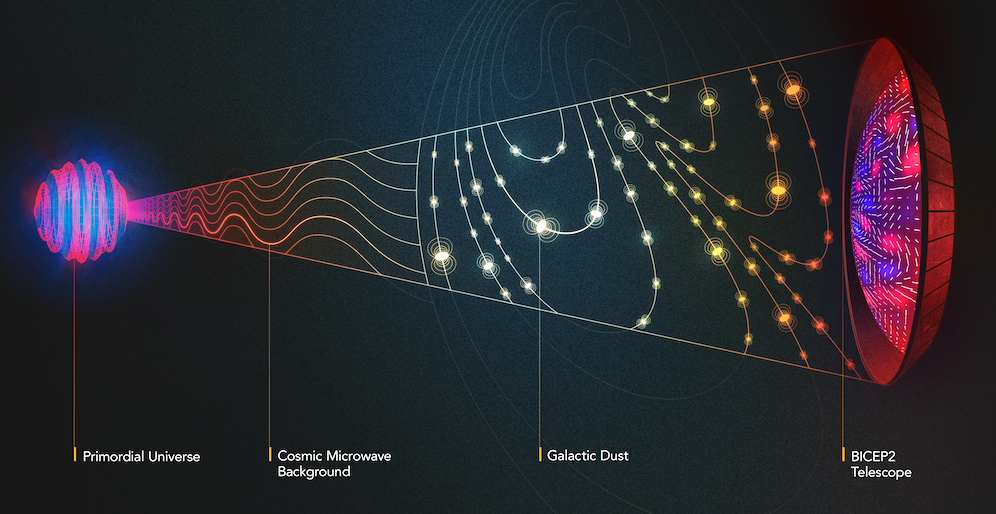Latest Articles
In LHC’s Shadow, America’s Collider Awakens
The Relativistic Heavy Ion Collider fired up for its 15th run to take a deeper look at the building blocks of atoms.
In Fake Universes, Evidence for String Theory
If string theorists can show that their framework is the only consistent theory of quantum gravity, does that make it true even without tangible evidence?
Joint Dust Analysis Deflates Big Bang Signal
No definitive evidence for cosmic inflation is found, but support remains strong for the theory even as critics highlight its shortcomings as an explanation for how and why the universe began.
Scientists Conjure Curves From Flatness
Researchers have found a set of rules for imbuing flat surfaces with curvature, enabling them to form a virtually unlimited range of three-dimensional structures.
A Common Logic to Seeing Cats and Cosmos
New research suggests physicists, computers and brains employ the same procedure to tease out important features from among other irrelevant bits of data.
In a Multiverse, What Are the Odds?
Testing the multiverse hypothesis requires measuring whether our universe is statistically typical among the infinite variety of universes. But infinity does a number on statistics.
Dwarf Galaxies Dim Hopes of Dark Matter
For five years physicists have been tantalized by possible evidence of dark matter in the Milky Way’s center. But new results from small satellite galaxies have complicated the story.
At the Far Ends of a New Universal Law
A potent theory has emerged explaining a mysterious statistical law that arises throughout physics and mathematics.
‘Big Bang Signal’ Could All Be Dust
Cosmic dust in the high latitudes of the Milky Way could account for the entire swirl pattern that had been presented as proof of a leading Big Bang theory, according to a new data analysis from the Planck satellite.

